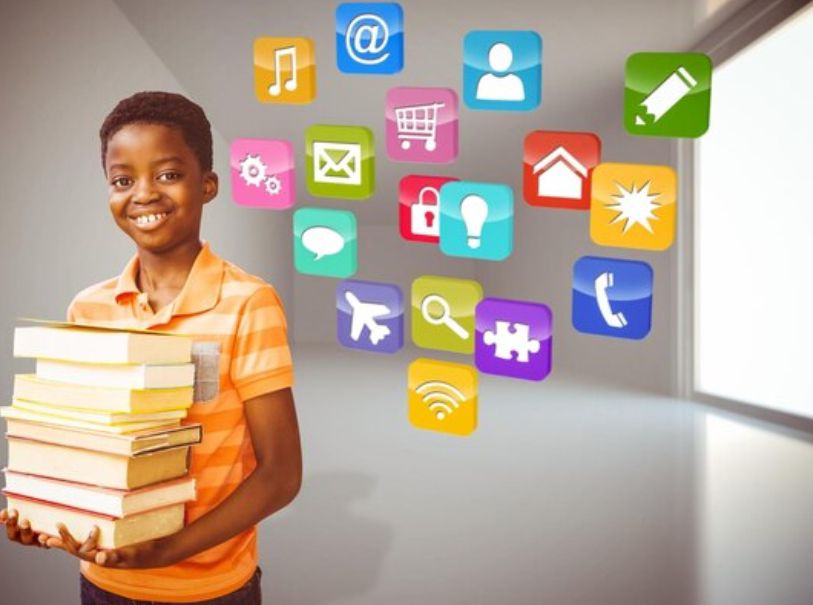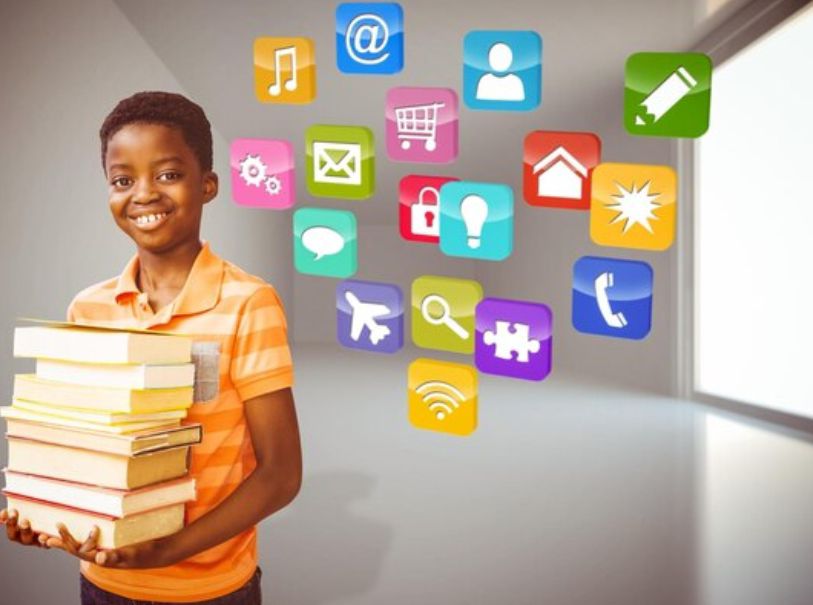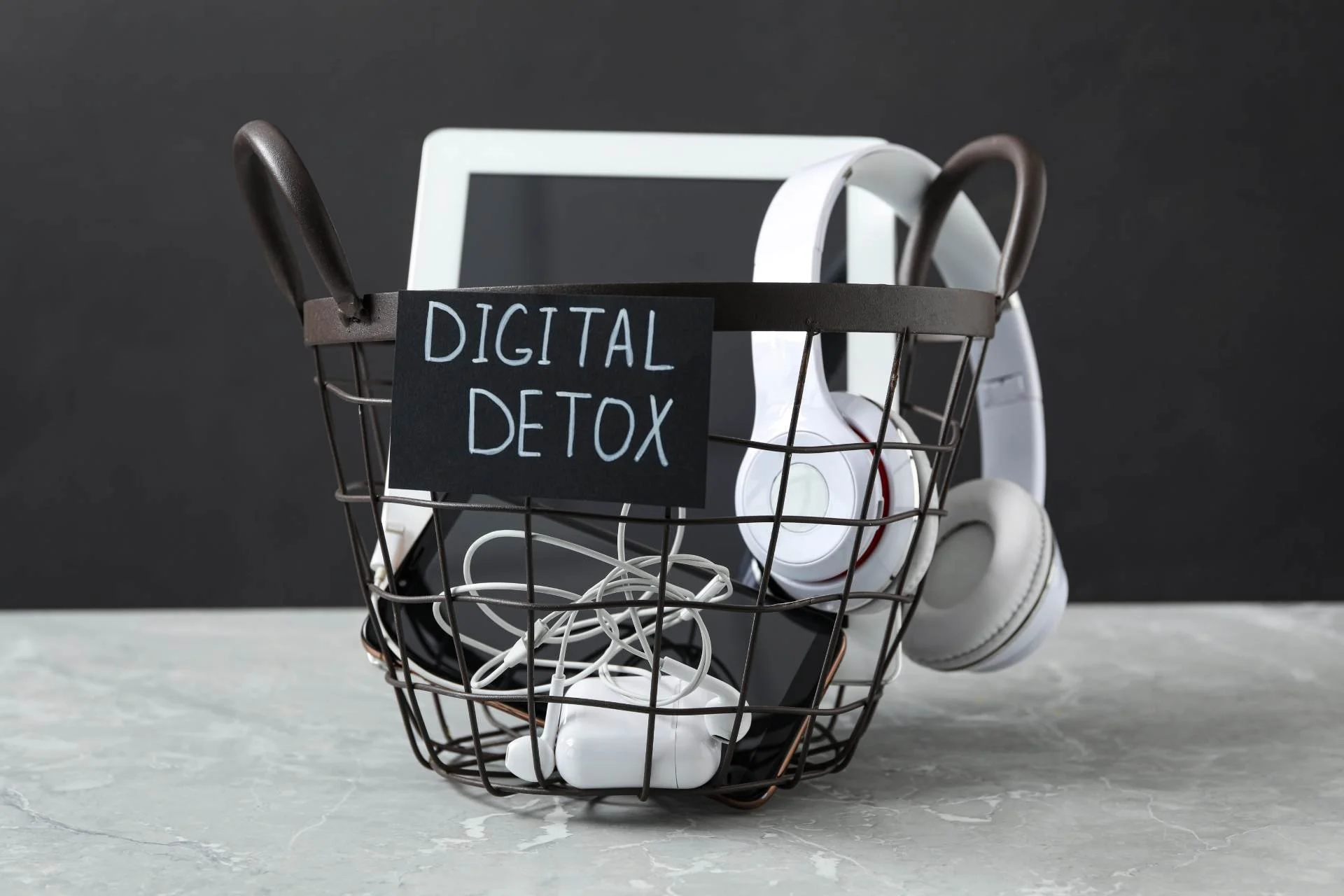
Social media has revolutionized many aspects of our lives, including education. The use of platforms such as Facebook, Twitter, Instagram, and LinkedIn has become increasingly prevalent in educational settings. This blog post delves into the good, the bad, and the best practices of integrating social media into education.
The Good
1. Enhanced Communication and Collaboration:
Social media facilitates communication between students and educators beyond the classroom. Platforms like Twitter and Facebook can be used to create groups and pages where students can ask questions, share resources, and collaborate on projects. This fosters a sense of community and encourages active participation.
2. Access to Diverse Resources:
Educators can share a wealth of resources, including articles, videos, and infographics, on social media. This exposure to diverse materials can enhance learning experiences and cater to different learning styles. Additionally, students can follow experts and organizations to stay updated with the latest trends and research in their fields.
3. Real-Time Feedback:
Social media allows for instant feedback. Educators can quickly address student queries, provide feedback on assignments, and engage in discussions. This immediate response can help clarify doubts and keep students motivated.
4. Professional Development:
Platforms like LinkedIn are excellent for professional networking and development. Educators can join groups, participate in discussions, and access resources to enhance their teaching skills. Similarly, students can build their professional profiles, network with industry professionals, and find internship opportunities.

The Bad
1. Distractions:
One of the significant drawbacks of social media is its potential to distract students. The constant notifications and the lure of scrolling through feeds can divert attention from studies. It’s crucial for students to develop self-discipline and set boundaries to minimize distractions.
2. Cyberbullying:
The anonymity and reach of social media can sometimes lead to cyberbullying. Educational institutions need to have strict policies and support systems in place to address and prevent cyberbullying. It’s essential to create a safe and supportive online environment for students.
3. Privacy Concerns:
Sharing personal information on social media can lead to privacy issues. Both educators and students must be aware of the platform’s privacy settings and use them to protect their information. It’s also vital to educate students about the potential risks and responsible use of social media.
4. Misinformation:
The spread of misinformation is another challenge. Students must learn to critically evaluate the information they encounter on social media. Educators can play a crucial role in teaching digital literacy skills to help students distinguish credible sources from unreliable ones.
Best Practices
1. Set Clear Guidelines:
Educational institutions should establish clear guidelines for the use of social media. These guidelines should cover appropriate behavior, privacy settings, and the types of content that can be shared. Having a social media policy can help maintain a safe and productive online environment.
2. Integrate Social Media with Learning Objectives:
To maximize the benefits of social media, it should be integrated with learning objectives. Educators can use platforms to share supplementary materials, conduct discussions, and encourage collaborative projects that align with the curriculum.
3. Promote Digital Literacy:
Teaching digital literacy is crucial in today’s digital age. Educators should equip students with the skills to navigate social media responsibly, critically evaluate information, and protect their privacy. Digital literacy education should be an integral part of the curriculum.
4. Encourage Professional Use:
Encouraging students to use social media for professional purposes can have long-term benefits. Educators can guide students on how to build professional profiles, network with industry professionals, and use platforms like LinkedIn to advance their careers.
5. Monitor and Support:
Regular monitoring and support are essential to ensure the effective use of social media in education. Educators should stay informed about the latest trends and tools and provide ongoing support to students. Monitoring can help identify and address any issues promptly.
Conclusion
Social media in education offers numerous benefits, but it also comes with challenges. By understanding the good, the bad, and implementing best practices, educators can harness the power of social media to enhance learning experiences and outcomes. The key is to strike a balance and use these platforms responsibly and effectively.
Stay updated with the latest trends and tips in education!
For more information and resources on integrating social media in education, visit our blog regularly and join our community of educators and learners committed to leveraging technology for better learning experiences.











